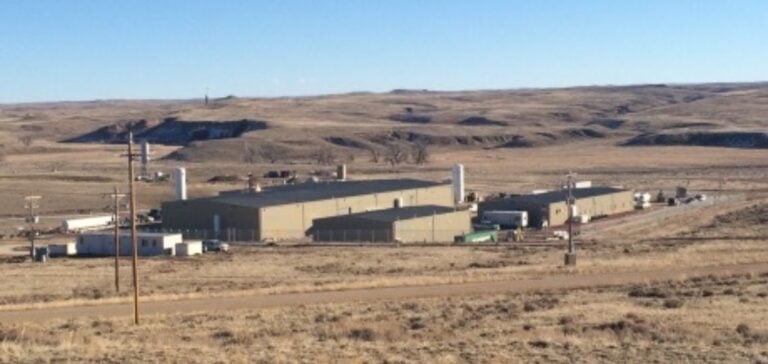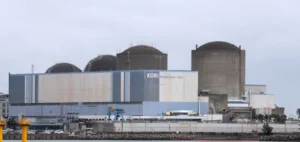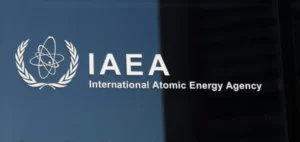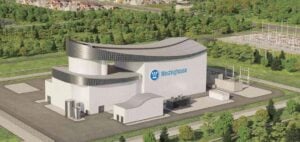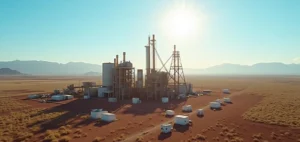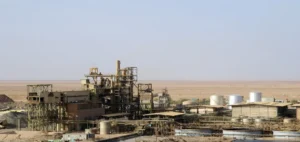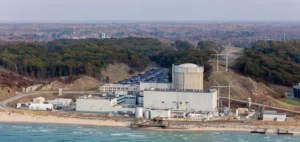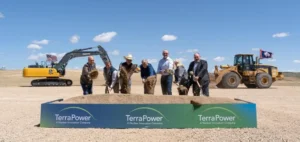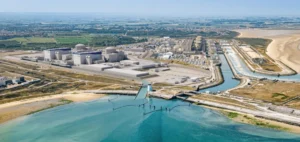Energy Fuels Inc.
is advancing its efforts to restart uranium production at Nichols Ranch, located in the Powder River Basin, Wyoming. The project, currently in the preparation phase, includes delineation drilling in the Permitted Production Area 2 (PA2).
Initial results show greater mineralization than initially anticipated, which could accelerate the resumption of operations by mid-2025, subject to changing market conditions.
Operations at Nichols Ranch are part of a broader strategy to strengthen uranium supply in the United States, a key issue in the context of geopolitical tensions and growing demand for reliable energy sources.
The site is fully permitted and constructed, with an annual production capacity of two million pounds of uranium.
Analysis of drilling results
Of the 125 drill holes planned for delineation at Nichols Ranch, 39 have been completed to date.
Results indicate that the majority of these holes contain uranium mineralization, with some intercepts exceeding 1.0 GT.
This data is crucial for optimizing the design of the well fields in the PA2 zone, an essential process prior to the final decision on the resumption of operations, expected by the end of the year.
Ongoing improvements to the site’s infrastructure, including the upgrading of the deep rejection well and other vital improvements, are also part of the preparations for restart.
This work is designed to ensure a smooth resumption of production as soon as market conditions are favourable.
Planning future exploration
Following the current drilling campaign at Nichols Ranch, the company plans to launch another round of drilling on the Collins Draw zone, a southeastern extension of the Jane Dough mineralized trend.
This plan includes some 152 new drill holes to refine the mineral resource estimate in this zone, drawing also on historical drilling data from Cleveland Cliffs and American Nuclear.
The integration of results from these new drilling campaigns, combined with an analysis of existing resources at Nichols Ranch, will enable the finalization of an updated NI 43-101/S-K 1300 compliant technical report.
This will strengthen the company’s position in the evaluation of mineable resources.
Market challenges and prospects
The restart of Nichols Ranch could influence the U.S. uranium market at a time of heightened security of supply concerns.
The U.S. commitment to securing local uranium supplies, in the face of global geopolitical challenges, provides a strategic context for projects like Nichols Ranch.
The recent announcement of a new uranium supply contract with a US nuclear power company underlines the growing interest in local sources.
This direction is supported by ongoing efforts to develop internal resources and secure long-term supply, thus minimizing dependence on uranium imports.
Strategic implications for Energy Fuels
The reactivation of uranium production at Nichols Ranch is part of a broader development strategy aimed at increasing domestic production.
The expansion of capacity from several production sites, including conventional mines in Arizona and Utah, and in situ recovery (ISR) facilities in Wyoming, reflects a diversified approach.
In this context, the Nichols Ranch project is crucial to maximizing available resources and improving the resilience of the national energy supply chain.
This strategic direction could offer some stability to a volatile uranium market, particularly in the face of price fluctuations and regulatory uncertainties.

